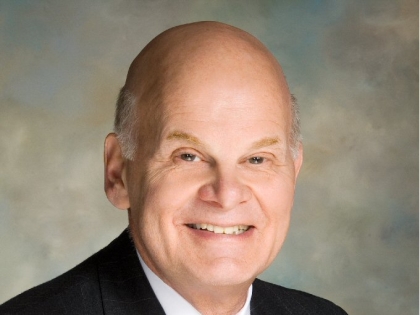
Senator Saland’s Legislation To Give School Districts The Option Of Choosing A Single Contractor For Building Projects Moves Out Of The Education Committee
Senator Steve Saland (R,C Poughkeepsie) today announced that his legislation (S.4759) to allow school districts to choose a single contractor for building projects has moved out of the education committee. Present law, known as the Wicks statute, requires that school districts award separate bids for general contracting, electrical, plumbing, and heating/venting/air conditioning if the project exceeds $50,000.
"Many school officials have expressed concern over the additional costs incurred as a result of this very decentralized process," said Senator Saland. "School officials believe that if they were able to utilize a single contractor many delays and additional costs could be avoided. This legislation would give school districts the opportunity to decrease costs through the use of single contractor which would translate into taxpayer savings."
Waivers have allowed some school districts to choose a single bid contract including the New York City School Construction Authority since 1988. Districts that have been granted individual exemptions include Ithaca City School District (1997), Niagara Falls School District (1996) and the Buffalo School District (2000). In 1999 an analysis of Wicks on public school construction in New York City conducted by Pricewaterhouse Coopers determined that projects built under the Wicks Law are significantly more expensive than those not subject to these requirements.
"This legislation would leave the decision in the hands of each school board," said Senator Saland. "This bill would give schools across New York State the flexibility to approach construction projects in the manner they determine to be most beneficial to their local schools and taxpayers."
Studies have shown that the Wicks Law increases construction costs by 15-30%. It is estimated that if 10% could be saved through the elimination of the Wicks Law requirement state and local school district taxpayers would save close to a billion dollars over a five year period.
